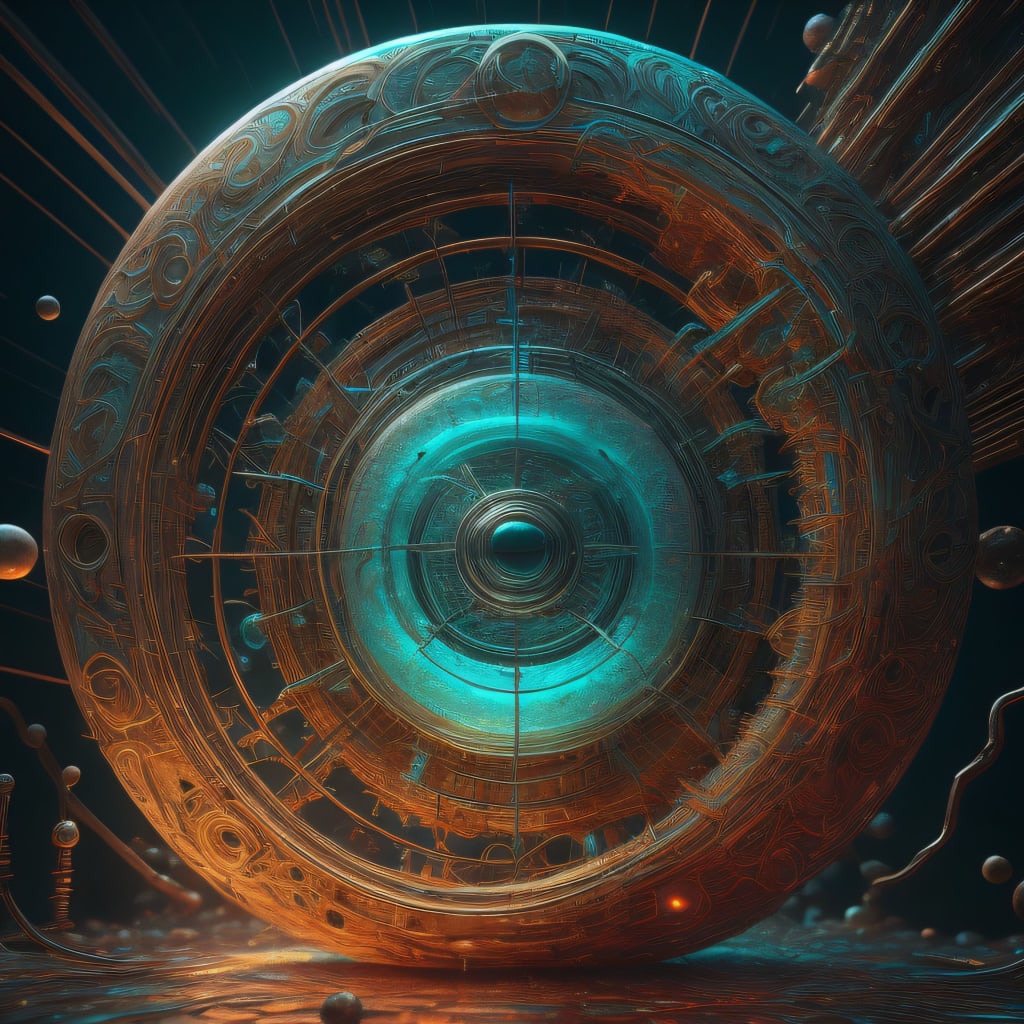Exploring the Mysteries of Quantum Physics
Quantum physics continues to defy our classical intuitions about the nature of the universe

Exploring the Mysteries of Quantum Physics:
Quantum physics, often regarded as one of the most enigmatic and mind-bending fields of science, has a long history of challenging our understanding of the universe. From the counterintuitive behavior of particles to the elusive nature of quantum entanglement, quantum physics continues to astound and perplex scientists and laypeople alike. In this article, we'll embark on a journey into the world of quantum physics, exploring some of its most intriguing mysteries.
The Dual Nature of Particles:
One of the fundamental principles of quantum physics is the dual nature of particles. According to the wave-particle duality concept, particles such as electrons and photons can exhibit both particle-like and wave-like properties. This means that, under certain conditions, particles can behave as discrete entities, while under other conditions, they display wavelike characteristics, such as interference patterns.
This duality challenges our classical intuition about the nature of matter and energy. It suggests that at the quantum level, particles don't have fixed positions or velocities until they are measured, leading to the famous Heisenberg Uncertainty Principle. This principle states that it's impossible to simultaneously know both the position and momentum of a particle with absolute certainty.
Quantum Entanglement: Spooky Action at a Distance
Albert Einstein famously referred to quantum entanglement as "spooky action at a distance." Entanglement occurs when two particles become correlated in such a way that the state of one particle instantly affects the state of the other, regardless of the distance separating them. This phenomenon seems to defy the limits of information transmission at the speed of light, as predicted by Einstein's theory of relativity.
Quantum entanglement has been experimentally verified, and its implications extend beyond the realm of physics. Researchers are exploring its potential applications in quantum computing and secure communication.
The Schrödinger's Cat Paradox:
Erwin Schrödinger's famous thought experiment, known as Schrödinger's Cat, highlights the peculiar nature of quantum superposition. In this scenario, a cat is placed in a sealed box with a radioactive atom, a Geiger counter, a vial of poison, and a hammer. If the Geiger counter detects radiation, the vial breaks, releasing the poison and causing the cat's death.
According to quantum superposition, until the box is opened and observed, the cat is considered both alive and dead simultaneously. This paradox underscores the bizarre nature of quantum phenomena, where particles can exist in multiple states at once until they are measured or observed.
Quantum Tunneling: Defying Classical Barriers
In classical physics, objects are bound by energy barriers that prevent them from passing through impenetrable obstacles. Quantum tunneling, however, challenges this notion. It allows particles to pass through energy barriers that classical physics would deem insurmountable.
For example, in nuclear fusion processes inside stars, quantum tunneling plays a vital role in enabling particles to overcome the electrostatic repulsion between positively charged atomic nuclei and merge, releasing energy in the form of light and heat. Understanding and harnessing quantum tunneling has significant implications for various technological applications, including quantum computing and nanotechnology.
The Many-Worlds Interpretation:
The Many-Worlds Interpretation (MWI) of quantum mechanics proposes a radical idea: every quantum event results in a branching of the universe into multiple parallel realities. In other words, every possible outcome of a quantum measurement occurs in a separate, coexisting universe.
According to MWI, when you make a quantum measurement, the universe doesn't choose one outcome; instead, it spawns multiple universes, each corresponding to a different possible result. While MWI remains a highly debated interpretation, it offers a unique perspective on the nature of reality and the implications of quantum phenomena.
Closing Thoughts:
Quantum physics continues to defy our classical intuitions about the nature of the universe. Its mysteries challenge our understanding of reality, from the dual nature of particles and quantum entanglement to Schrödinger's Cat and quantum tunneling. As scientists delve deeper into the quantum realm, they uncover new layers of complexity and open doors to groundbreaking technological advancements.
While quantum physics may remain mysterious and perplexing, its study pushes the boundaries of human knowledge and offers the promise of transformative discoveries. As we explore these mysteries, we gain not only a deeper understanding of the quantum world but also a greater appreciation for the intricate and awe-inspiring nature of the universe we inhabit.
About the Creator
Bhaumik Parekh
"Exploring tech, entertainment, wellness, science, self-growth, and the joy of pets. Join me on a journey of discovery and inspiration!"






Comments
There are no comments for this story
Be the first to respond and start the conversation.